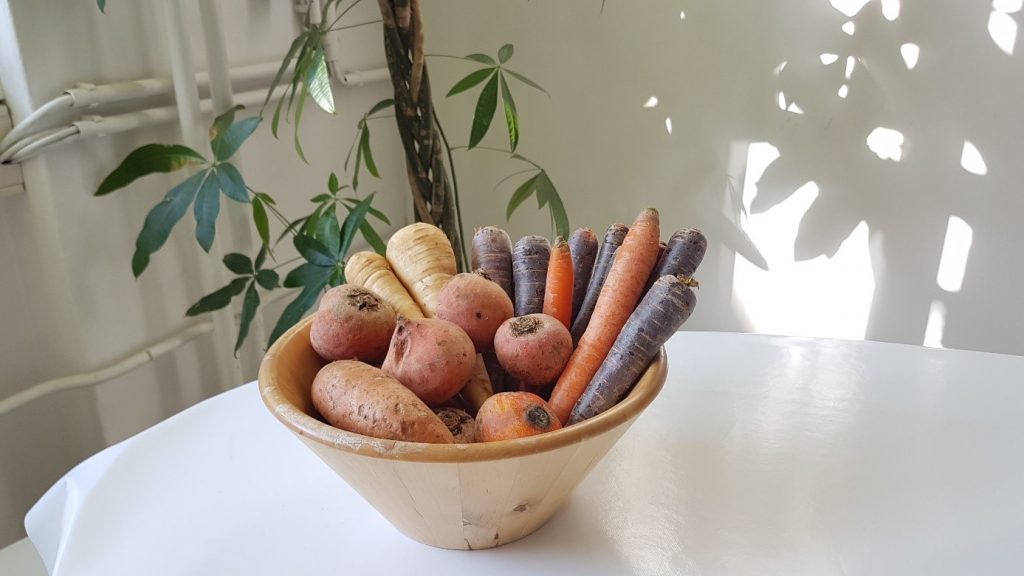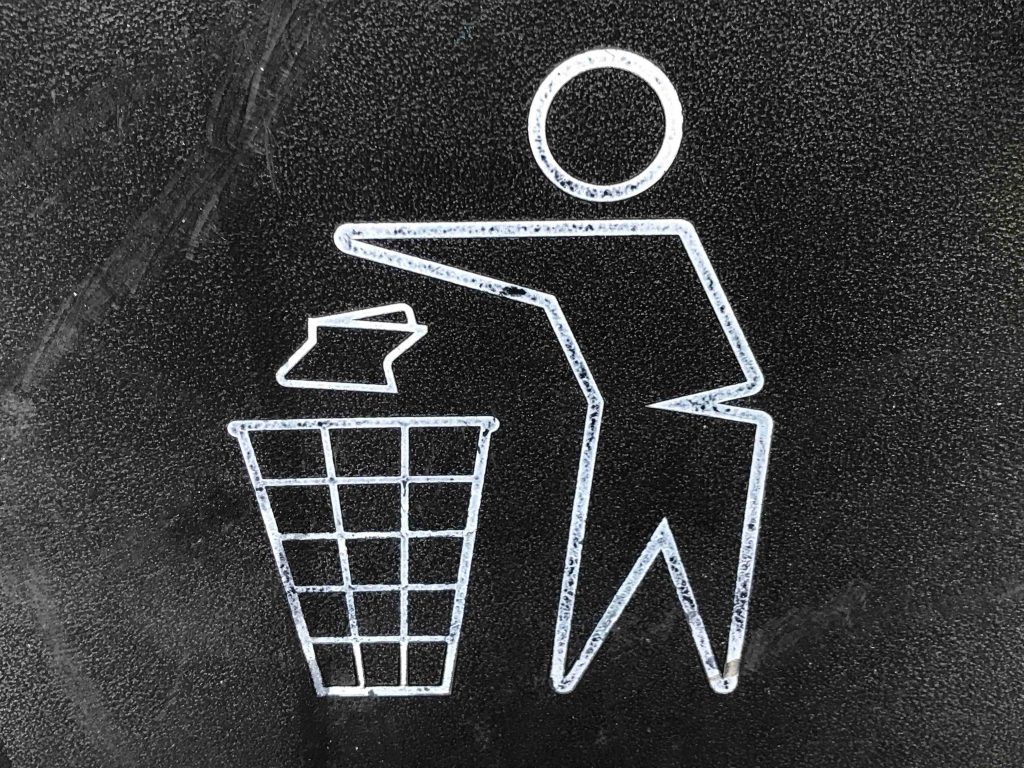
What does food have to do with climate change? A lot actually. The production, processing, transport, storing and preparing of food requires high amounts of energy and produces greenhouse gases. In Germany, food production and retail accounts for 15% of the average per capita carbon emissions. This amounts to 1.7 tons per year – a third of our yearly carbon budget. Therefore, if we wanted to keep our eating habits the same whilst also avoiding overheating our planet, we would have very little remaining emission budget left for housing, transport and other necessities.
Eat better, for you – for the climate
“One cannot think well, love well, sleep well, if one has not dined well“, wrote Virginia Woolf. But reducing our food’s carbon footprint does not mean that we have to give up tasty meals. It’s all about the ingredients – there is no need to bring radical changes to the diet. Small changes to the content of our shopping carts can already bring big results along with its own set of perks: fruits and vegetables that are in season are often cheaper, fresher and tastier. Testing out new recipes can be an enjoyable challenge, especially with friends and family. On top of that, conscious diets generally tend to be healthier.
We have concocted a list of guidelines of climate-conscious practices:
Plant-based over animal-based
Products of animal origin have a rather poor ecological track record as their production requires high amounts of fodder, water and land. In order to visualize the stark differences, we have assembled a few examples as published by WWF. The production of a 200gr steak emits around 2700gr of carbon while 200gr of high protein pulses such as lentils or beans only emit 550gr. Potatoes are even leaner – the same 200gr only account for 125gr of carbon emissions. Dairy products tend to be rather carbon-intensive and therefore do not constitute a suitable meat substitute. However, this does not mean that meat and dairy should be completely scrapped off the menu; simply reducing your consumption already goes a long way. More about the carbon footprint of meat products can be found here.
Regional and seasonal over imported
What grows on the neighbour’s field does not have to undergo long transport routes or get packed with preservatives. In autumn, locally-grown apples are definitely the more environmentally-friendly choice than Argentinian strawberries. BBC’s gives an overview of the best times to purchase fruits and vegetables. However, there is a flipside. Produce grown in heated greenhouses, even if grown locally, yield a high emissions rate because of the energy used for heating. Moreover, buying produce directly from a farm might be a great way to connect with where your food comes from, its benefits for the climate are however limited if it is a long car drive away.
For those who would rather not give up tomatoes and fruits during the winter, we can recommend choosing organically grown and Fairtrade products. This helps reduce the environmental strain in the producing countries and support local farmers. Products that are shipped by aircraft should be avoided at all cost – their carbon footprint is considerably large: the shipping of 100 kilos of food emit just as much as a passenger on the same route, for instance a kilogram of mangos from Thailand accounts for a hefty 20 kg of carbon.

Fresh over processed
Half of the food chain’s greenhouse gas emissions occur during production and transport. The other half forms processing, storing and preparation. This means that frozen vegetables and conserves are three-times more carbon intensive than fresh products. For example, a pack of French fries from the frozen section emit almost 30 times as much carbon as fresh potatoes.
Organic over conventional
Many practices in organic farming are not only good for the soil but also tend to emit less CO2. Depending on the product, emissions can be saved up to 50%. Especially the use of nitrogen fertiliser, which plays a major role as its production process, demands high amounts of energy and releases nitrous gas when being used – a very potent greenhouse gas. A major factor in animal farming is also the use of south American soy as fodder. Soy cultivation is a major driver of deforestation in the Amazon forest, leaving it with a rather large carbon footprint.
Limit waste

The food we eat is not the only thing that impacts our carbon footprint – our waste does as well. In Germany, a person throws away around 100 kg of food every year – food that has been laboriously produced, processed and transported. Logically, reducing this waste will reduce its climate impact. Take some time to observe your shopping and throwing away habits: what do you throw away and why? Did you plan on cooking more than you actually had time to? Think about how you could optimize your shopping, wasting less also means spending less.
For indications on how to limit your food waste at home, check out the this site from the European Commission.
If you would like to take it one step further, you can help save unnecessary food waste by saving valuable food from the bin. Many products are still edible after their use-by date but cannot be sold anymore. Initiatives such as the Real Junk Food Project in the UK bring together supply and demand; in Germany, Sirplus offers boxes with saved foodstuff – online or in two locations in Berlin.
tl;dr: to help preserve the climate, eat local, seasonal and limit animal products
Have a look at our #FridaysForFuture series and discover how to reduce your carbon footprint at home, while travelling and how to shop eco-conscious!


 Share
Share Tweet
Tweet